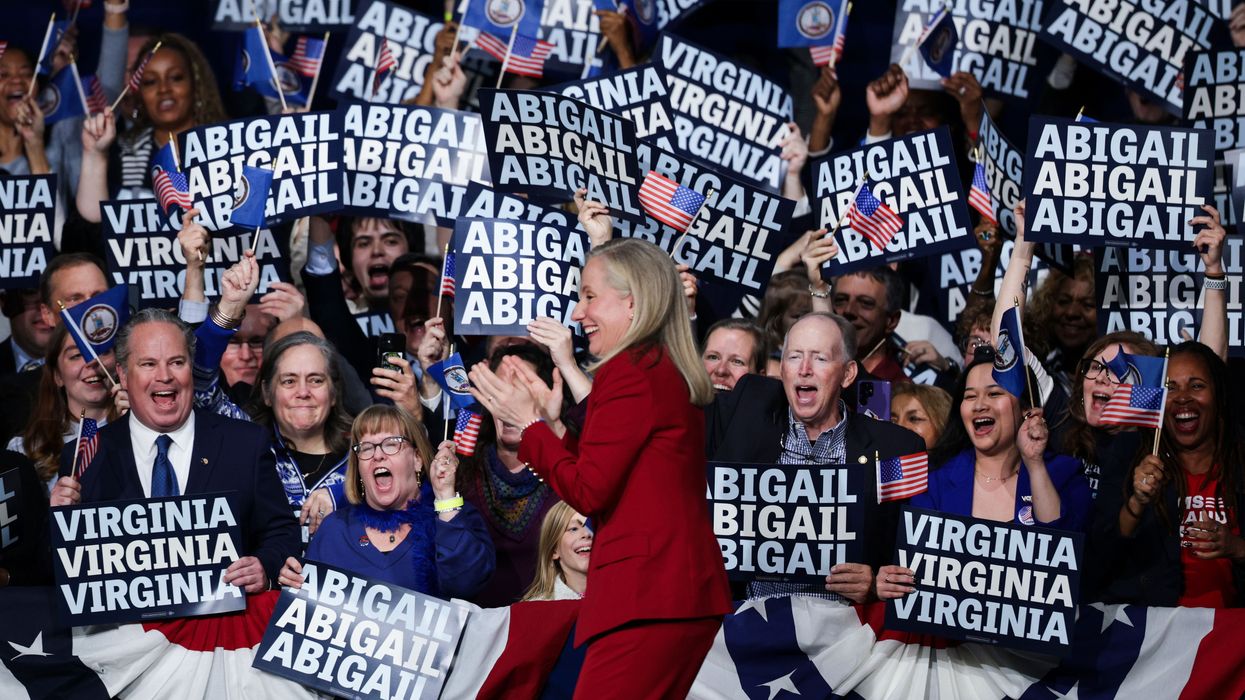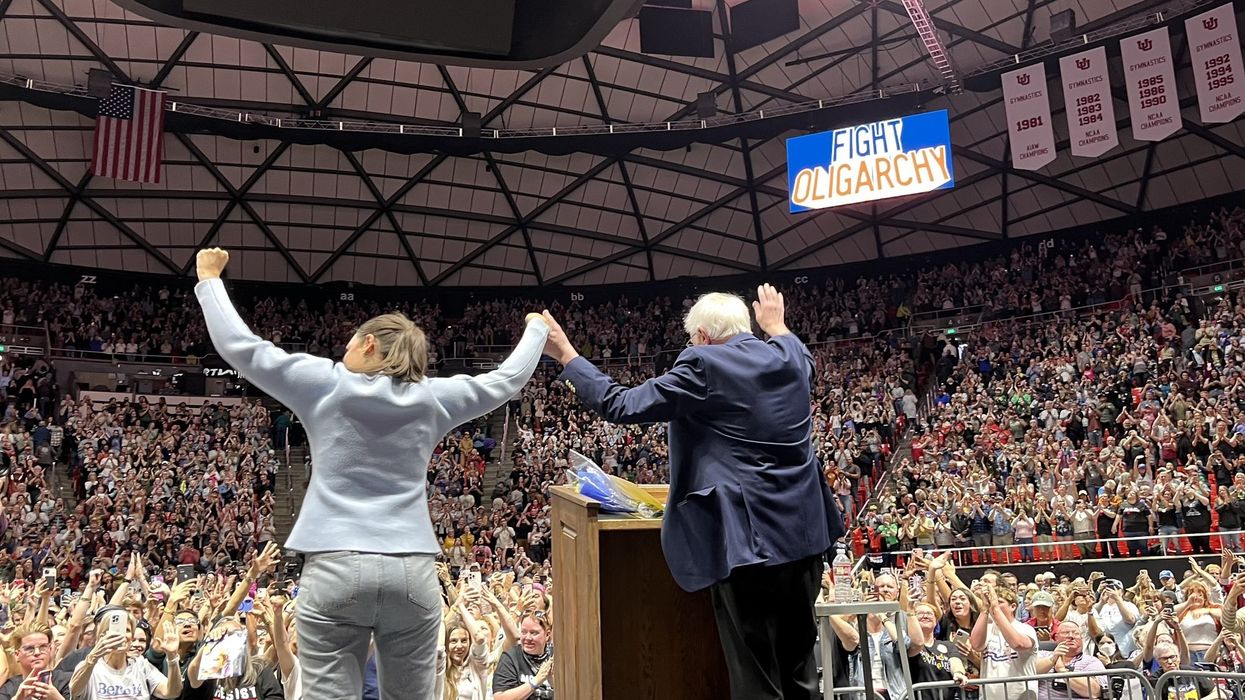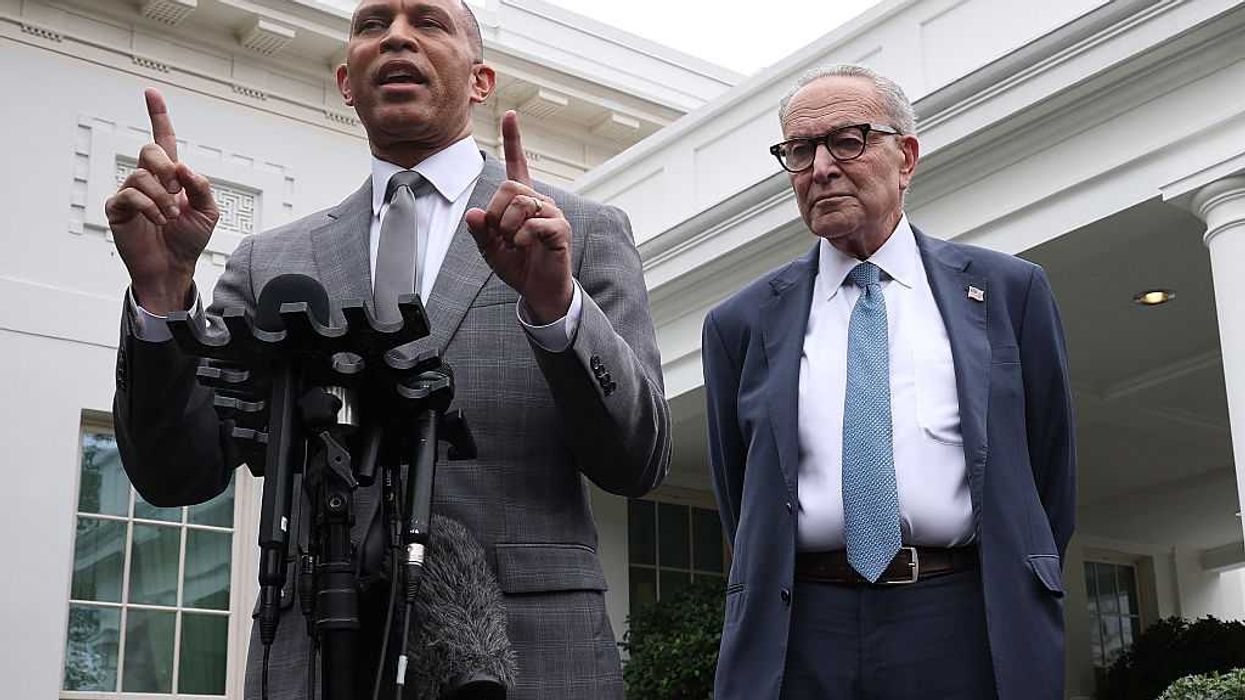Democrats Can Win Back Trump Voters—If They Don't Blow It
The message from the 2025 election is clear: Some Trump voters will back Democrats if the candidates reach them where they are and talk to them about the issues that they care about most.
While the media has covered extensively Democratic successes in the 2025 off-year elections, there is one story that has been dramatically undercovered. This is the fact that the 2025 Virginia and New Jersey gubernatorial races show that Democrats can win over Trump voters. Granted, these are not dramatic slices of the Trump coalition, but they are enough in these hyper-polarized times to win elections.
According to CNN polling, in New Jersey Rep. Mikie Sherrill in her race for governor was able to win 7% of those who had voted for Donald Trump in 2024. Interestingly, the Virginia exit polling data shows that Rep. Abigail Spanberger won the identical (7%) of Trump voters.
The New York Times’ Nate Cohn is one of the few journalists who has pointed to the New Jersey and Virginia Democrats’ ability to win over Trump voters. He concludes that:
Instead, the two Democrats won so decisively because they also flipped a crucial sliver of voters who said they supported Mr. Trump in 2024. Ms. Sherrill and Ms. Spanberger both won 7 percent of Mr. Trump’s supporters, according to the exit polls. It may not seem like much to flip 7 percent of Mr. Trump’s backers, but consider: When a voter flips, it adds one voter to one party and also deducts one from the other, making it twice as significant as turning out a new voter.
Looking at the exit polling data makes it clear that while the Democrats margins in New Jersey and Virginia were helped by increased Democratic turnout, winning over 2024 Trump voters was critically important.
One of the key parts of the Trump coalition has always been strong and even almost overwhelming support from rural voters. An analysis by Politico of the Virginia gubernatorial race shows that:
Spanberger’s victory was largely driven by massive turnout in northern and eastern Virginia’s urban areas. But she picked up support across the state’s deep-red central and western counties, where Trump’s tariffs have hit the manufacturing and agricultural industries especially hard. Even as her GOP opponent won most of those places, Spanberger posed the best performance by a statewide Democratic candidate in several cycles, according to a POLITICO analysis of voting data in the localities classified as “rural” by the federal government.
To her great credit, Spanberger targeted rural voters and consistently hammered away on how the Trump administration’s tariff policies were hurting them. In comparison with former Vice President Kamala Harris’s performance in 2024, Spanberger outperformed Harris’ margin in 48 of Virginia’s 52 rural localities. The exit polling shows that Spanberger won 46% of rural voters—an eight-point deficit to Republican candidate Lieutenant Gov. Winsome Earle-Sears, and a 19-point swing from 2021 gubernatorial Democratic nominee Terry McAuliffe’s 27-point disadvantage.
There is also data in the exit polling data indicating that Democrats won back in 2025 Hispanic voters who backed Trump in 2024. The Washington Post reports:
This year, most Democratic statewide candidates won Latino voters by at least 30 points in exit polls, re-creating the margins their party held before 2024. In New Jersey, 18 percent of Latino voters who backed Trump last year cast their ballot for the Democratic gubernatorial candidate, exit poll data showed.
The fact that Democrats won over Trump voters in 2025 has profound implications for Democrats in both the 2026 midterms and the 2028. The message is clear: Some Trump voters will back Democrats if the candidates reach them where they are and talk to them about the issues that they care about most. To assume that all Trump voters are absolutely committed to Trump no matter what the circumstances is a mistaken assumption that only hurts Democrats. Successful politics is always about addition.
Hopefully, Democrats learn from their success in 2025 and realize that they can make some Trump voters part of their winning coalition.


